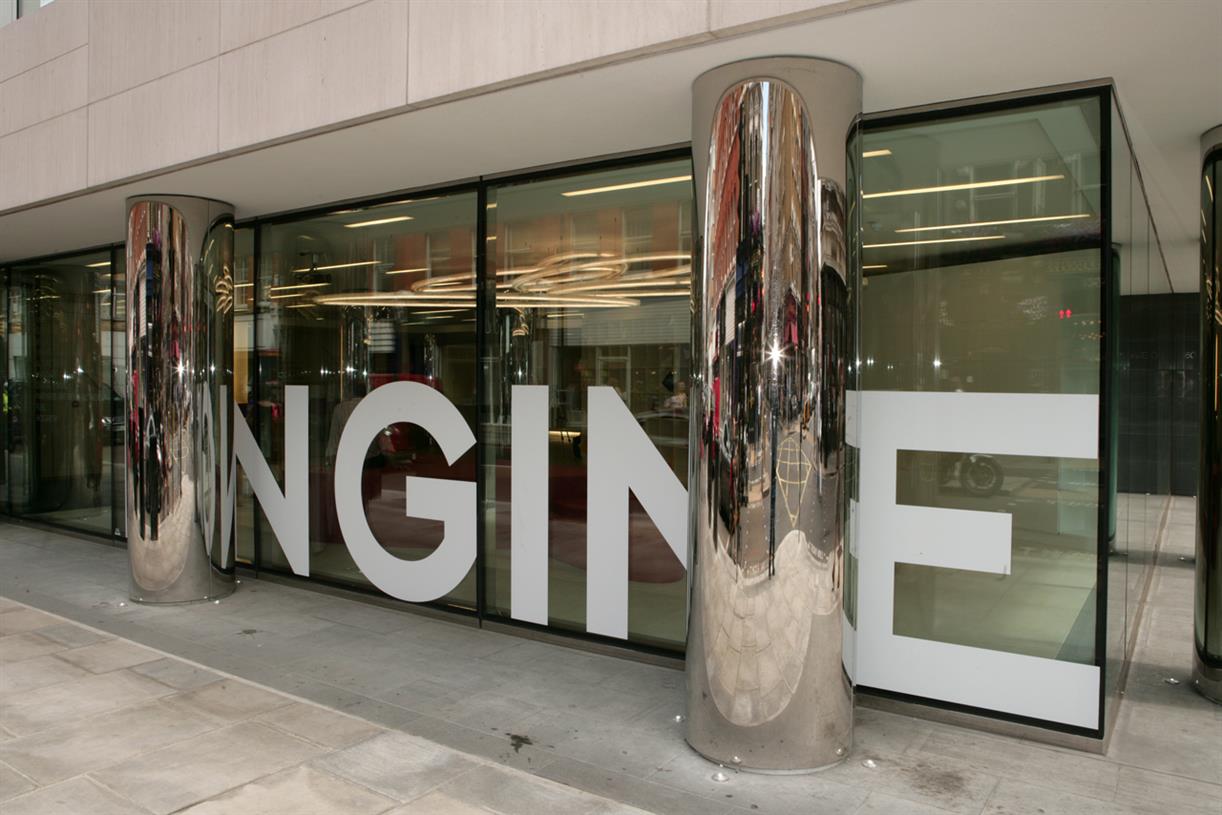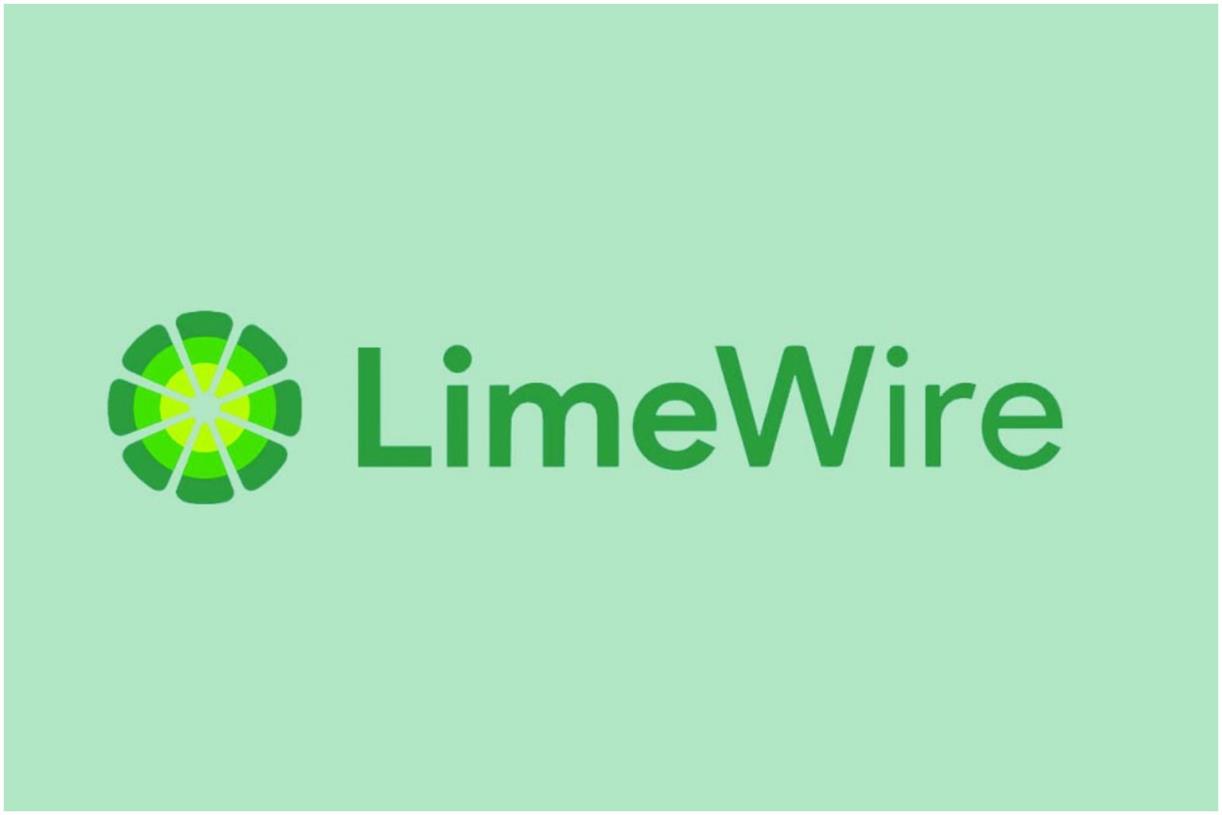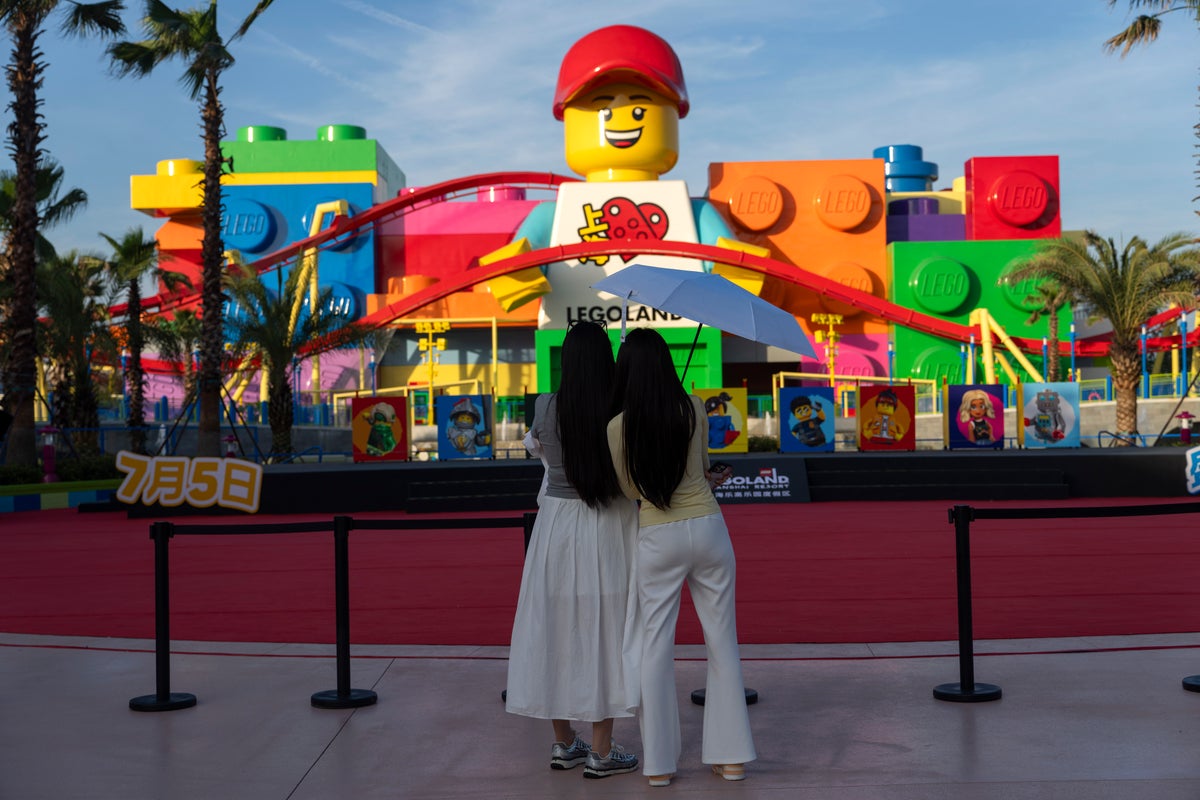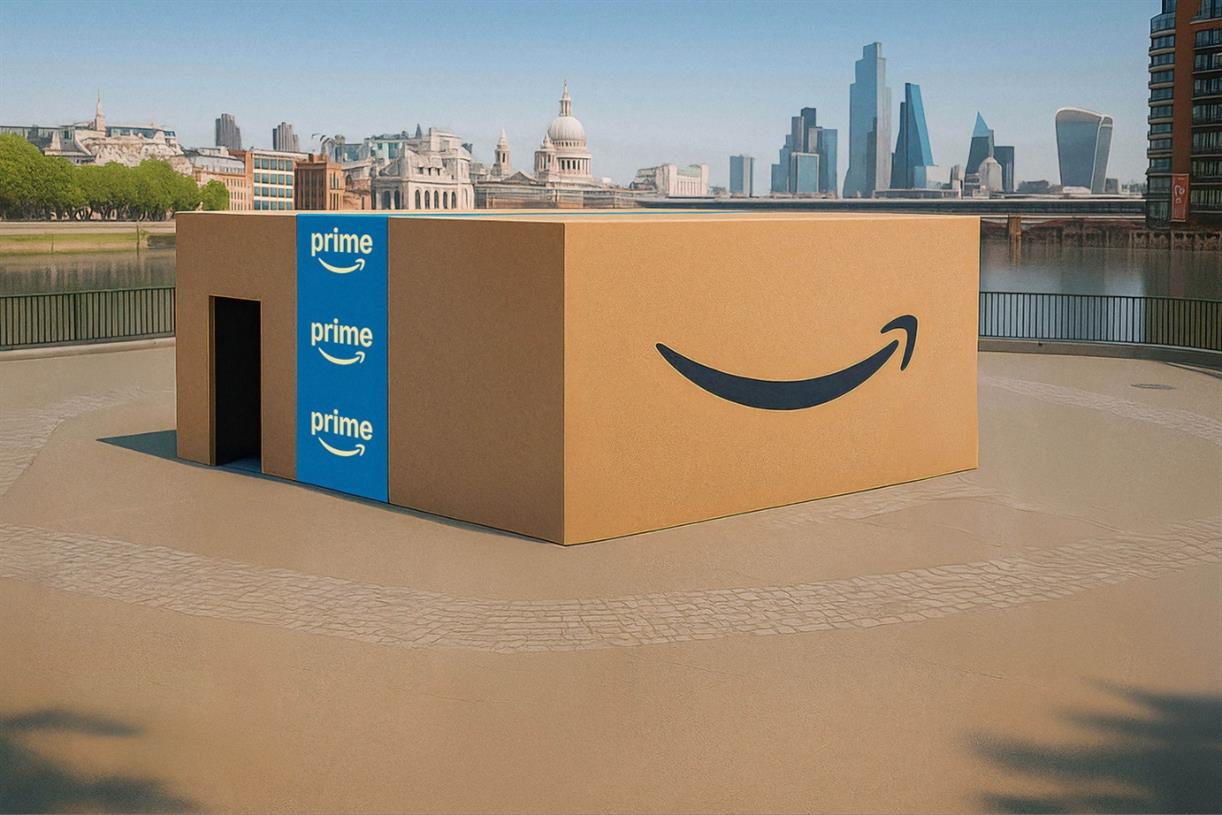The Authenticity Equation: Navigating Production Quality in Social Media Videos
Within marketing, video content consistently shines as the standout element of effective content strategies. As brands strive to forge genuine connections with their audience, they navigate the challenge of aligning with the high volume of consumers who review authenticity...

Within marketing, video content consistently shines as the standout element of effective content strategies. As brands strive to forge genuine connections with their audience, they navigate the challenge of aligning with the high volume of consumers who review authenticity as a key factor in their brand loyalty decision.
The mistake that we, as Spark Social Agency, are seeing is authenticity is being confused for unscripted videos and low-production content, when often, that isn’t authentic for the brand at all. However, when it is suggested that 60% of consumers prefer content that is authentic rather than polished, it is no surprise the creative industry believes that authentic and polished content are dichotomies.
This blog post aims to delve into the interplay between authenticity and production quality. Can brands maintain their genuine essence without sacrificing the high standards of visual and auditory excellence their audiences have grown to expect? By examining how authenticity and quality can coexist harmoniously in the digital marketing landscape, we will see that brands can satisfy consumer demands for realness without compromising on an authentic presentation.
Why Has Video Taken Center Stage?
Simply put, video content has the unparalleled ability to engage audiences, convey messages with clarity, and foster an emotional connection that static images and text struggle to achieve. Ultimately, the popularity of brands in creating video lies in the content’s ability to elevate brand narratives, and capture the attention of audiences…but only when it is done right.
Authenticity: More Than a Buzzword
In the quest for connection, the term “authenticity” has become a buzzword amongst creative teams, championed by brands eager to resonate with their audience genuinely. For the consumer, authenticity signifies transparency, relatability and trustworthiness; all of which are elements that are increasingly in demand in saturated direct-to-consumer markets.
However, for many heritage and household brands, the pursuit of authenticity brings its own set of challenges, notably, the mistaken belief that the production quality of video needs to be sacrificed. While high-quality production has its merits, it does not inherently equate to inauthenticity; the balance lies in the content’s relevance and ability to resonate with a target audience, regardless of the production level.
Land Rover Defender exemplifies a brand deeply attuned to its core values of adventure and exploration. With a keen understanding that polished, compelling content serves as a gateway for their audience to journey into the unknown alongside them, they’ve perfected the craft of creating high-quality content that resonates with the spirit of adventure. Their skilful balance of dramatization in their storytelling is authentic, aligning with their brand identity. Yet, we still see them embracing more raw, lower-production videos for influencer reviews. This content differentiation demonstrates their adeptness at identifying the right format for each narrative, ensuring their messaging not only captivates but also aligns with their mission and audience expectations.
The Misinterpretation of Authenticity
The journey towards authenticity is often misunderstood, with some brands equating it with a deliberate reduction in production values. Striving for authenticity does not necessitate a “race to the bottom” in production quality. An overemphasis on appearing authentic can paradoxically lead to a loss of genuine authenticity, making a brand’s efforts seem forced or contrived.
True authenticity is about representing a brand’s values and ethos, not merely opting for low production quality for the sake of relatability. There are instances where brands have attempted to embrace a “raw” aesthetic to appear more authentic, only to miss the mark because the content did not align with the brand’s core values or audience expectations. Authenticity should be rooted in originality, storytelling, and simplicity, showcasing a brand’s true character in a way that engages and resonates. For some brands, this means highly-produced content that showcases the true voice of the company.
Can Authenticity Be Measured?
When navigating the delicate balance between authenticity and production quality in video content, it is natural for both creators and clients to ask if the essence of being genuine can be quantified. Measuring authenticity is challenging because it is about brands showing up as they are, and sharing their true values in a way that resonates. While there is no authenticity metric we can use, feedback from your own audience – comments, shares, engagement, media commentary – serves as a real-world gauge.
Take the infamous Kendall Jenner and Pepsi commercial, which to many is a glaringly obvious misstep, and yet it passed through rounds of approval. However, if Pepsi had sensed-checked the video outside the organization, they may have avoided the brand disaster that followed. It was not authentic for Pepsi, nor Kendall Jenner, to be making such a political statement in the current environment, when they had little standing as both brand and individual in the contemporary conversation about race happening at that time. So whilst authenticity cannot be truly measured, sound-boarding content will never go amiss.
Audience Expectation and Platform Norms
Understanding the audience and platform norms is crucial in striking the right balance between authenticity and production quality. Certain content types, such as user-generated content (UGC), video FAQs, how-to videos, and demonstration content, naturally convey authenticity and can significantly enhance a brand’s relatability and trustworthiness. These formats align with audience expectations for genuine, informative, and engaging content. Conversely, there are contexts and platforms where high production quality isn’t just expected; it’s essential.
The choice of platform plays a vital role in determining the appropriate level of production quality. For instance, platforms like Instagram and YouTube may warrant higher production values due to user expectations and the platform’s nature, whereas TikTok thrives on spontaneity and authenticity, often embracing lower production aesthetics.
Influencers, too, play a pivotal role in this ecosystem, often serving as the bridge between a brand and its audience, embodying authenticity while maintaining a level of production quality that respects the platform’s norms and audience expectations. Influencers, by virtue of their personal brand and follower relationship, can lend digital authenticity to branded content, provided their values align with those of the brand. This synergy between influencer authenticity and brand message can yield compelling content that resonates deeply with audiences.
Closing Remarks
Navigating the authenticity equation in social media videos is less about choosing between authenticity and production quality and more about finding a harmonious balance that aligns with your brand’s identity, values, and the expectations of your audience. Video’s dominance in digital marketing is not going anywhere. Clearly, striking gold with authenticity requires a nuanced strategy that involves understanding and aligning with audience expectations and platform norms. While the debate around production quality and authenticity continues, the essence of genuine, value-driven content remains paramount.
Brands that master the art of authentic storytelling, regardless of production level, are those that will forge deeper connections with their audiences and achieve lasting success in the digital realm.

 Konoly
Konoly 































